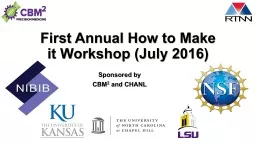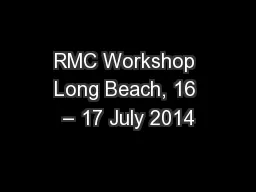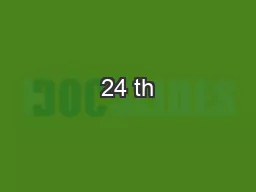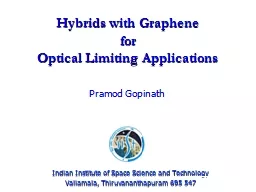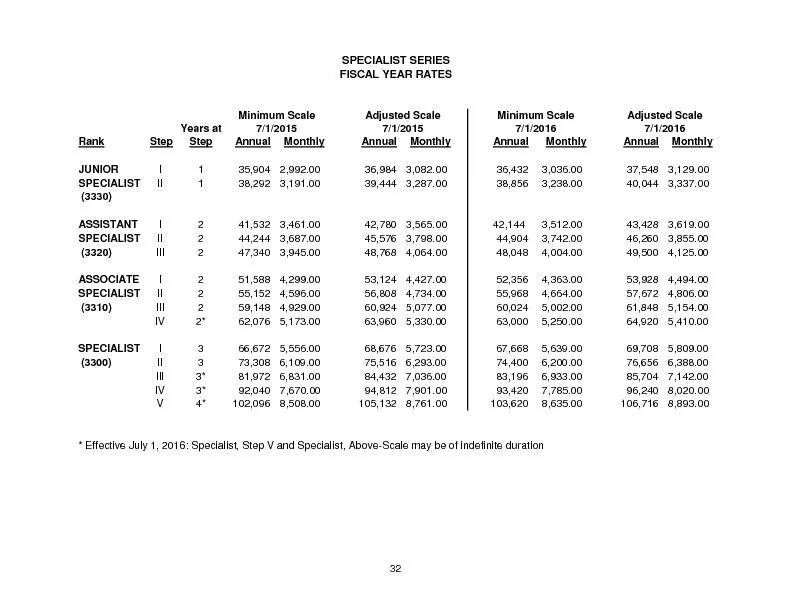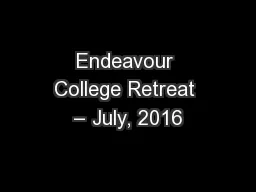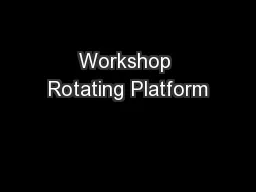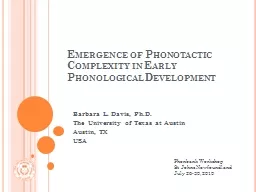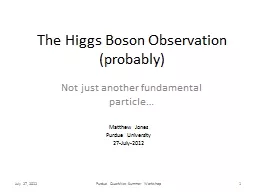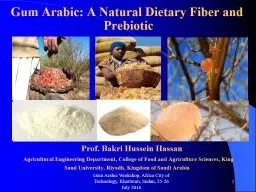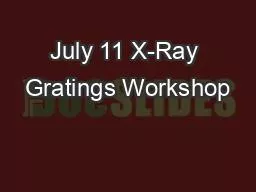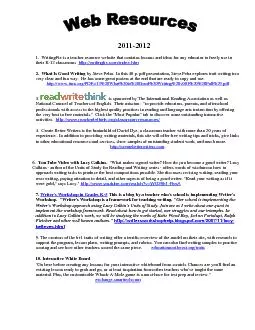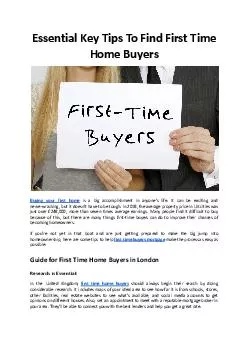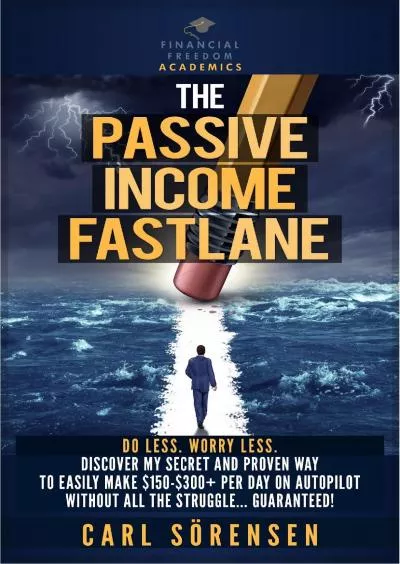PPT-First Annual How to Make it Workshop (July 2016)
Author : tatyana-admore | Published Date : 2017-05-15
Sponsored by CBM 2 and CHANL Agenda DAY 1 Chapman 125 UNC Campus 730 am 800 am Registration 800 am 1200 pm Patterning structures across different length scales
Presentation Embed Code
Download Presentation
Download Presentation The PPT/PDF document "First Annual How to Make it Workshop (Ju..." is the property of its rightful owner. Permission is granted to download and print the materials on this website for personal, non-commercial use only, and to display it on your personal computer provided you do not modify the materials and that you retain all copyright notices contained in the materials. By downloading content from our website, you accept the terms of this agreement.
First Annual How to Make it Workshop (July 2016): Transcript
Download Rules Of Document
"First Annual How to Make it Workshop (July 2016)"The content belongs to its owner. You may download and print it for personal use, without modification, and keep all copyright notices. By downloading, you agree to these terms.
Related Documents

